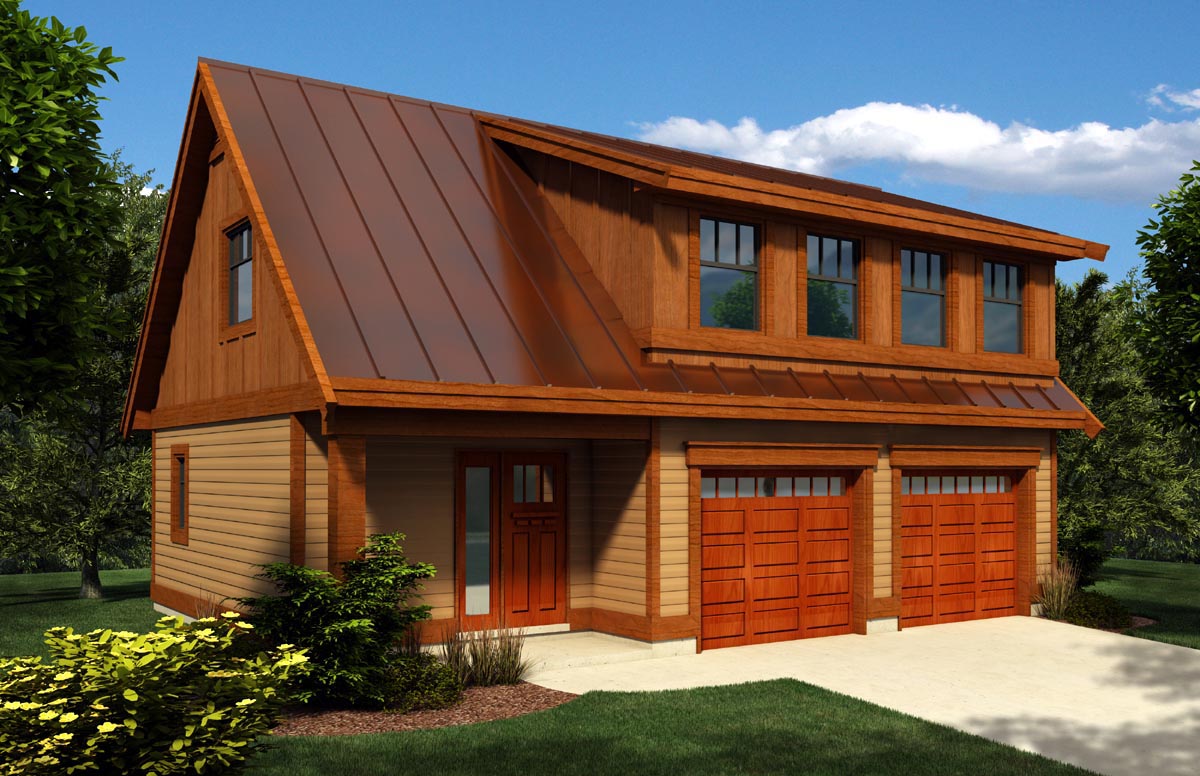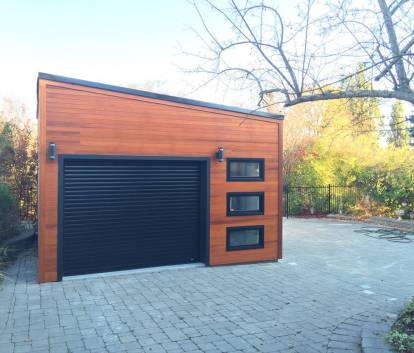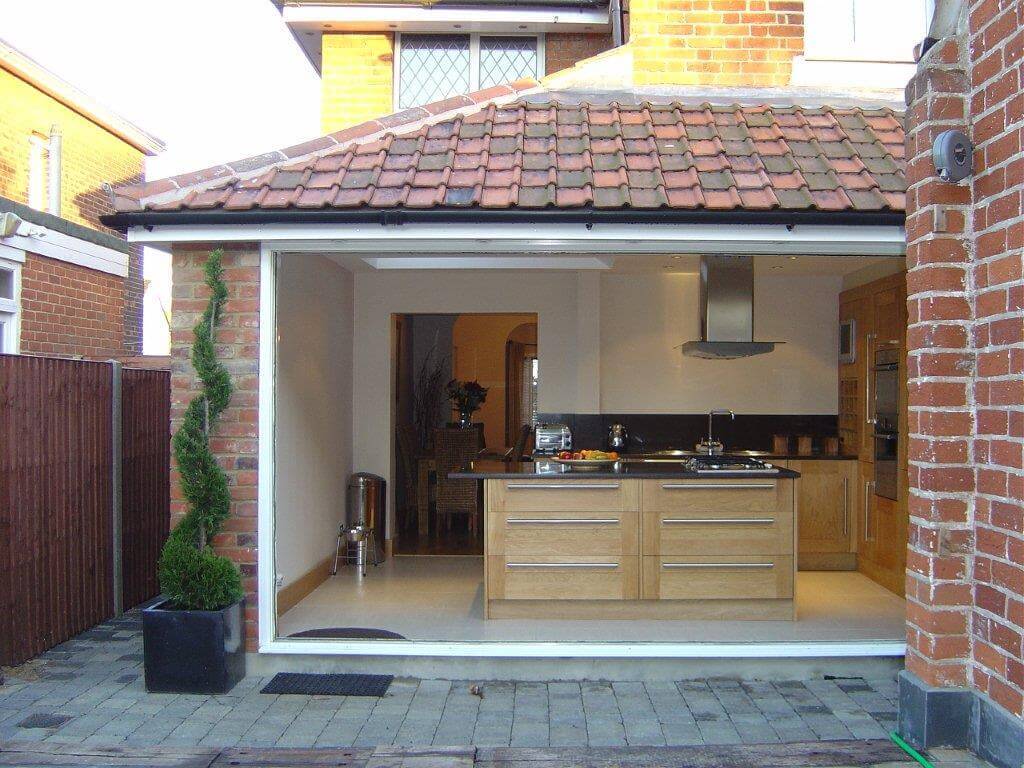
No matter whether you are planning to build new cabinets or revamp your current storage system, a well-planned garage cabinet design can help you save time and money. The right cabinet can keep all of your tools, supplies and accessories in one place - ensuring that everything you need to work on your car is easily accessible.
Wood shelves for garage
A wood shelf can be a great way organize your garage. These shelves are very easy to install and will not take up too much of your garage space.
This shelving can be used to store a wide range of items, even heavy ones. It is also simple to install, so even those with limited DIY experience can do this project.

Floating Shelves for Garage
Floating shelves are an option if you don’t have enough ground space to mount conventional shelving. These units can make a small garage look larger and provide the extra space you need to store tools and other accessories.
Garage Wall-Mounted Shelves
Another popular choice is a wall-mounted shelving system. These systems are available in a wide range of styles, including wood or metal, and can be tailored to suit your requirements. These cabinets are typically mounted on the walls of your garage, but they can also be suspended above the ceiling for added flexibility.
It is important to think about the space you have available and the materials you intend to use when building a garage cupboard. This will allow you to choose which cabinet is right for you and which are most affordable.
A cabinet should be at least 3 feet in width and 4 feet deep for maximum practicality. You can store your items on the top, bottom and sides of the cabinet to make them easily reachable when you need them.

Before you choose a garage cupboard, plan the garage layout and ensure that there is sufficient space to open all doors. This will allow you to avoid future problems and make sure that all your tools, equipment, and supplies are securely stored away when not being used.
Measure all your storage requirements and find the cabinet that best suits them. The most important things to consider are how many shelves or drawers your cabinet needs, and what material will be stored there.
You can make a list with all the items that you want to store in the cabinet, and then classify them according to their weight and size. This will let you know how much cabinet you need.
FAQ
What should I do to my existing cabinets?
It depends on whether your goal is to sell or rent out your house. You'll need to remove the cabinets and refinish them if you plan to sell. This gives buyers the illusion that they are brand new, and allows them to envision their kitchens once they move in.
But if your goal is to rent your house you will need to remove the cabinets. Renters often complain about dealing with dirty dishes and greasy fingerprints left behind by previous tenants.
You can also consider painting the cabinets to make them look newer. Just remember to use a high-quality primer and paint. Low-quality paints are susceptible to fading over time.
What would it cost for a home to be gutted versus what it would cost to build one?
Gutting a home removes everything inside a building, including walls, floors, ceilings, plumbing, electrical wiring, appliances, fixtures, etc. It's often necessary when you're moving to a new house and want to make changes before you move in. Because of the many items involved in gutting a house, it is usually very costly. Depending on your job, the average cost to gut a home can run from $10,000 to $20,000.
A builder builds a house by building it frame by frame. Then, he adds walls and flooring, roofing, windows and doors. This is usually done after buying a lot of lands. Building a home is normally much less expensive than gutting, costing around $15,000-$30,000.
It really depends on your plans for the space. You will probably have to spend more to gut a house. You don't need to take everything apart or redo everything if you are building a home. Instead of waiting for someone else, you can build it how you want.
How do I determine if my house requires a renovation or remodel?
First, you should look at whether your home has been updated recently. If you haven't seen any updates for a few years, it may be time to consider a renovation. You might also consider a remodel if your home is brand new.
Your home's condition is also important. A renovation is recommended if you find holes in your drywall, peeling wallpaper, or cracked tiles. But if your home looks amazing, maybe it's time for a remodel.
A second factor to consider is your home's general condition. Is the structure sound? Do the rooms look nice? Are the floors spotless? These questions are critical when deciding what type of renovation you should do.
How much does it cost for a complete kitchen renovation?
You may be curious about the cost of a home renovation.
A kitchen remodel will cost you between $10,000 and $15,000. You can still save money on your kitchen remodel and make it look better.
You can cut down on costs by planning ahead. This includes choosing a design style and color palette that fits your lifestyle and budget.
A skilled contractor is another way to reduce costs. A tradesman who is experienced in the field will be able to guide you through each stage of the process.
It's a good idea to evaluate whether your existing appliances should be replaced or preserved. Replacing appliances can add thousands of dollars to the total cost of a kitchen remodeling project.
Additionally, you may decide to purchase used appliances rather than new ones. Because you don't need to pay for installation, buying used appliances can help you save some money.
Last but not least, shopping around for materials or fixtures can help you save some money. Many stores offer discounts during special events such as Black Friday and Cyber Monday.
What are some of the largest costs associated with remodeling your kitchen?
There are several major costs involved in a kitchen remodel. These include demolition, design fees, permits, materials, contractors, etc. However, these costs are quite small when taken individually. However, when you add them together, they quickly become quite large.
Demolition is usually the most expensive. This includes removing the old cabinets, appliances, countertops, flooring, etc. You will then need to remove the insulation and drywall. You must then replace these items with new ones.
Next, hire an architect who will draw plans for the space. To ensure that the project meets all building codes, permits must be obtained. Next, you will need to hire someone to actually build the project.
Finally, once the job is done, you have to pay the contractor to finish the job. All told, you could spend anywhere between $20,000 and $50,000 depending on how big the job is. It is crucial to get estimates from several contractors before you hire one.
Plan ahead to cut down on some of these costs. You may be able get better material deals or to skip some of the work. You will be able save time and money if you understand what needs to done.
Many people attempt to install cabinets themselves. This will save them money as they won't need to hire professional installation services. However, this can lead to them spending more to learn how to place cabinets. A job can typically be done in half the time than it would take for you by professionals.
Another way to save money is to buy unfinished materials. You must wait until the cabinets are fully assembled before purchasing pre-finished material. By buying unfinished materials, you can start using them right away. You can always make a change if things don't go as you planned.
Sometimes it is not worth the hassle. Plan is the best way to save on home improvements.
Are there any savings on a remodel of a bathroom or kitchen.
Remodeling a bathroom or kitchen can be expensive. However, when you consider how much money you pay each month for energy bills, upgrading your home might make more sense.
Small upgrades can help you save thousands of dollars per year. Simple improvements such as insulation of walls and ceilings can lower heating and cooling costs up to 30 percent. Even a minor addition can increase comfort levels and increase the resale value.
Remember to choose durable and easy-to maintain products when you are planning your renovations. Materials like porcelain tile, solid wood flooring, and stainless-steel appliances will last longer and need fewer repairs than vinyl countertops.
It is possible to reduce utility costs by replacing older fixtures with more modern models. By installing low-flow faucets, you can lower your water usage up to half a percent. You can reduce your electricity consumption by replacing inefficient lighting bulbs with compact fluorescent lights.
Statistics
- bathroom5%Siding3 – 5%Windows3 – 4%Patio or backyard2 – (rocketmortgage.com)
- 5%Roof2 – 4%Standard Bedroom1 – 3% (rocketmortgage.com)
- Following the effects of COVID-19, homeowners spent 48% less on their renovation costs than before the pandemic 1 2 (rocketmortgage.com)
- According to a survey of renovations in the top 50 U.S. metro cities by Houzz, people spend $15,000 on average per renovation project. (rocketmortgage.com)
- $320,976Additional home value: $152,996Return on investment: 48%Mid-range average cost: $156,741Additional home value: $85,672Return on investment: (rocketmortgage.com)
External Links
How To
How to Remove Tile Grout on Floor Tiles
Tile grouting is something that most people don't even know they have. It is used for sealing the joints between tiles. There are many types of grout available today. Each one has a different purpose. Here we will show you how to remove tile grout from floor tiles.
-
Before you begin this process, it is important to make sure you have all of the necessary tools. You will need a grout cutter and grout scraper.
-
Now, you will need to remove any dirt or debris from under the tile. Use the grout knife to remove the grout. Scrape away any remaining grout. You should not damage any tiles.
-
After everything is cleaned up, use the grout scraper for any remaining grout. If you don't have any grout, you can continue to step 4.
-
Once you've done all of the cleaning, you can move onto the next step. One of the rags can be used to soak in water. Make sure that the rag is completely wet. To ensure that the rag does not absorb water, dry it.
-
Place the wet rag onto the joint where the tile meets the wall. The grout will begin to crumble if you press down hard on the rag. Slowly pull down on the rag until it is pulled towards you. Continue pulling it backwards and forwards until all the grout has been removed.
-
Continue to repeat steps 4 and 5, until all grout has been removed. Rinse the ragout, and repeat the process if needed.
-
When you are done removing grout, clean the tiles using a damp cloth. Let dry thoroughly.